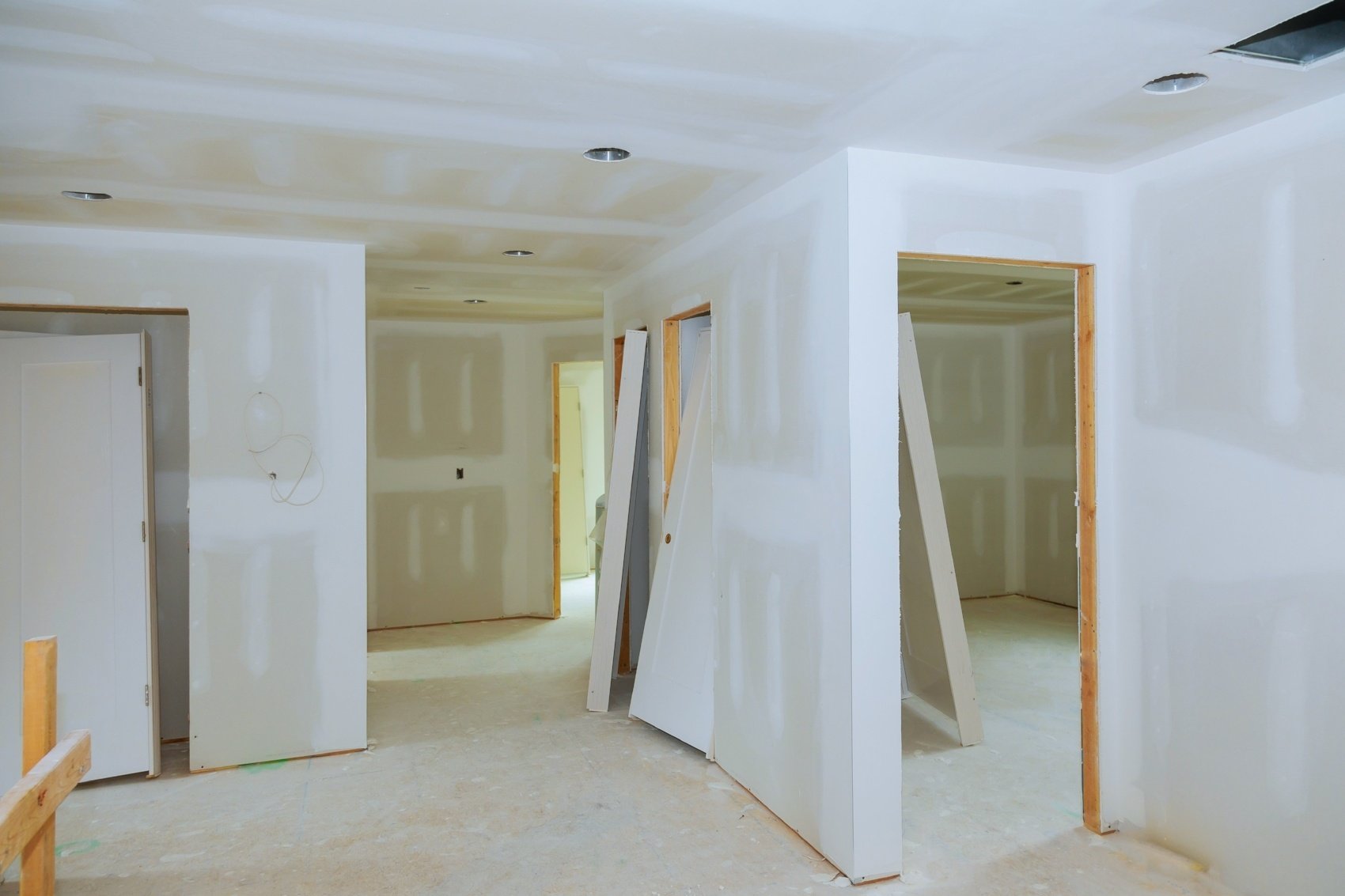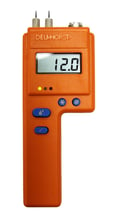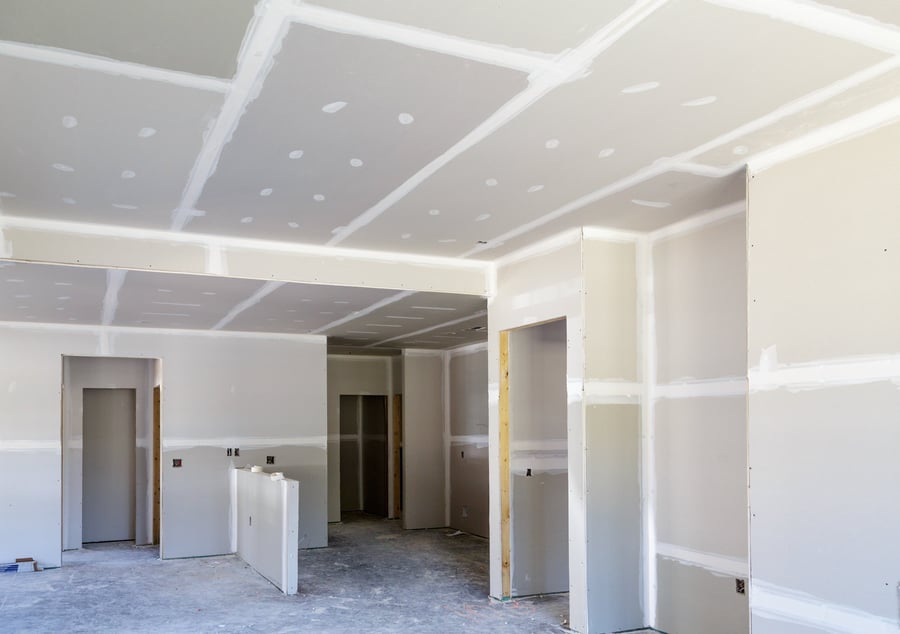What’s the Ideal Moisture Content of Drywall/Gypcrete?

Here’s a question that people often have about drywall: “How much moisture can drywall hold before it’s ruined and must be replaced?” The thing with drywall is that it has an extremely low tolerance for moisture. The gypsum that makes up a board of drywall can be easily dissolved if exposed to even a tiny amount of moisture.
The Ideal Moisture Content of Drywall
 If the moisture content of drywall exceeds even 1%, the drywall can be considered moisture-compromised and in need of replacement. This is why drywall moisture meters have to be calibrated to be extraordinarily sensitive to moisture. For example, the gypsum moisture scale of the BDX-30 moisture meter can read as little as 0.2% moisture content in drywall. This level of accuracy is needed to determine whether the drywall is at risk.
If the moisture content of drywall exceeds even 1%, the drywall can be considered moisture-compromised and in need of replacement. This is why drywall moisture meters have to be calibrated to be extraordinarily sensitive to moisture. For example, the gypsum moisture scale of the BDX-30 moisture meter can read as little as 0.2% moisture content in drywall. This level of accuracy is needed to determine whether the drywall is at risk.
Ideally, the moisture content of drywall should be as low as possible. Even greenboard, the “waterproof” drywall, should be kept dry because it’s only the coating of the greenboard that’s water-resistant—the gypsum underneath is still susceptible to moisture.
Can Drywall above 1% Moisture Content Be Saved?
The answer is: it depends on just how far above 1% MC the drywall is and how long it has been wet for. If dried out quickly enough, it may be possible to save the affected drywall and avoid having to pay the cost of replacing it.
This is, honestly, a decision best left up to an experienced professional. However, the rule of thumb is that if it has more than 2% moisture content at any time, or has been moisture-compromised for more than a few hours, it’s better to be safe than sorry and simply cut out the affected drywall and replace it.
What about the Ideal Moisture Content of Gypcrete?
Gypcrete is a product made using a mixture of gypsum and sand that is a sub-floor solution in office buildings because of its noise-cancelling, fire resistance, and ease of application to create a smooth, even floor surface.
Because gypcrete is made mostly out of gypsum, drywall moisture meters can be used to measure its moisture content with ease.
Generally, the desired moisture content threshold of gypsum products like wallboard, is “1%” or less. This is considered conservative for gypcrete installations. Some manufacturers recommend “5%” as the threshold at which a floor can be installed over gypcrete. So it’s always best to consult the technical support team of the gypcrete product manufacturer for recommendations.
However, the difference between drywall and gypcrete is that the mixture for gypcrete starts out wet and is poured onto a surface to dry out over time—similar, in a way, to concrete. Once dry, though, gypcrete should be kept dry as much as possible—such as by applying a sealant to it to keep it from absorbing water.
Using a Drywall Moisture Meter
The easiest way to measure moisture in drywall and gypcrete is to use a drywall moisture meter that has a gypsum reading scale. Since both materials have largely the same composition, a meter that is calibrated for drywall will still work with gypcrete.
To use a drywall moisture meter, simply push the pins of the meter into the drywall or gypcrete you’re testing and push the button to take a reading. The meter will measure the moisture in the sample and provide a reading for you to use.
If you don’t have a moisture meter with a drywall scale, you can use a reference scale mode meter by testing a sample of drywall or gypcrete that you know is dry and comparing the readings you take in the material you’re testing to that. If there is any significant indication of moisture, then you know the gypsum is wet and either: A) needs replacement (if drywall); or B) needs to be dried out more (if recently-poured gypcrete).
Need more advice for monitoring the moisture content of drywall? Or, have questions about how to use moisture meters? Contact the experts here at Delmhorst for help and advice on all of your moisture testing needs!
Subscribe to Our Blog
Post Related

3 Compelling Reasons Why You Need a Moisture Meter for Drywall


